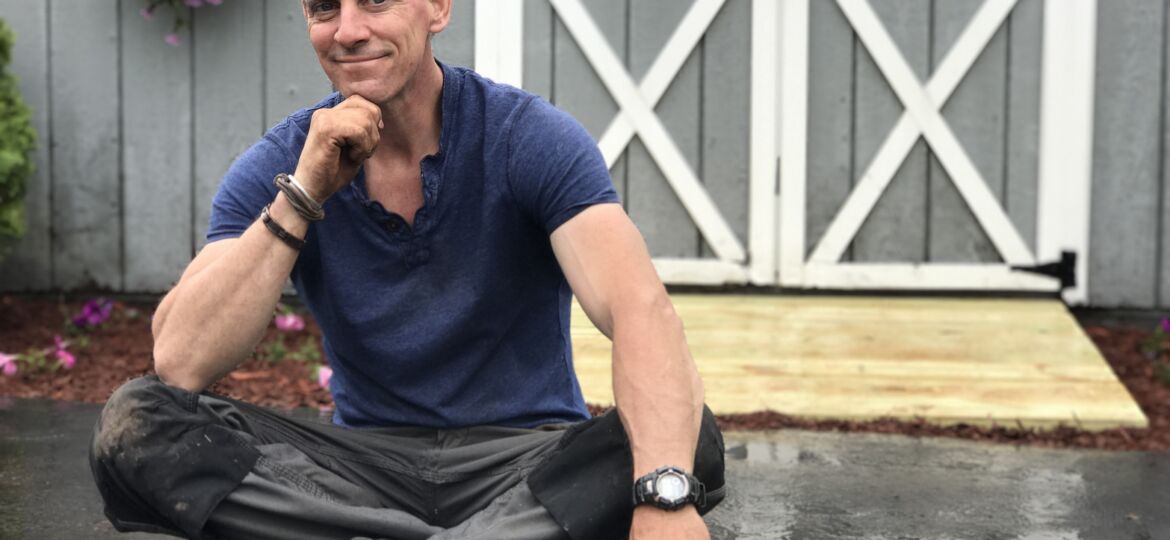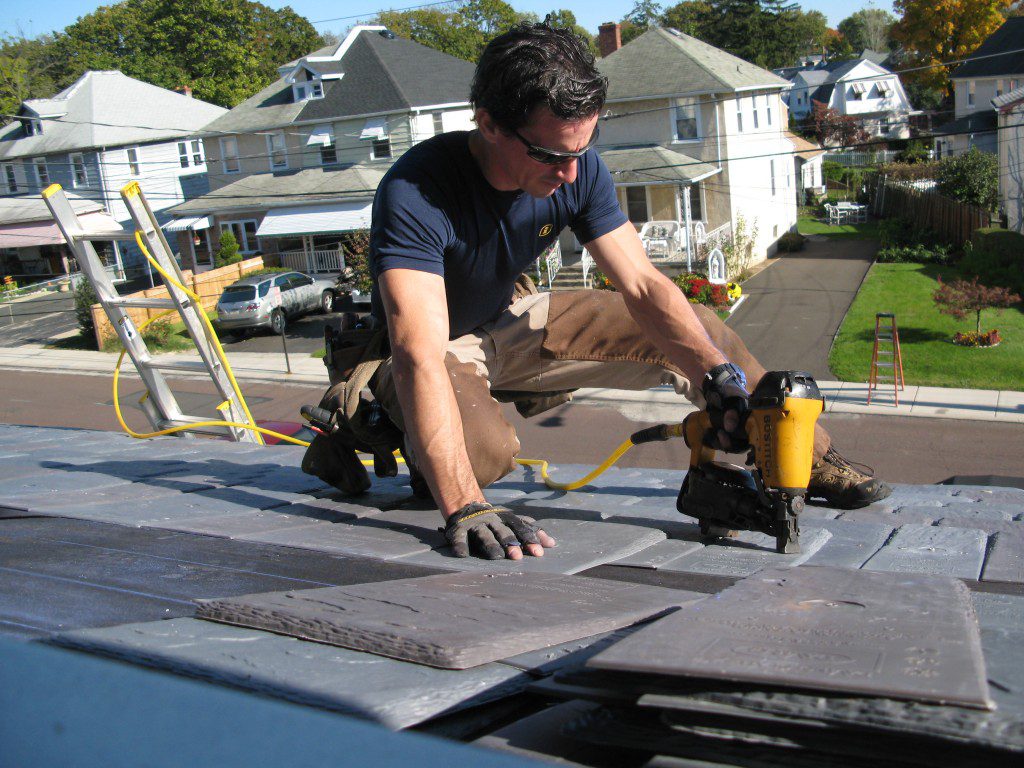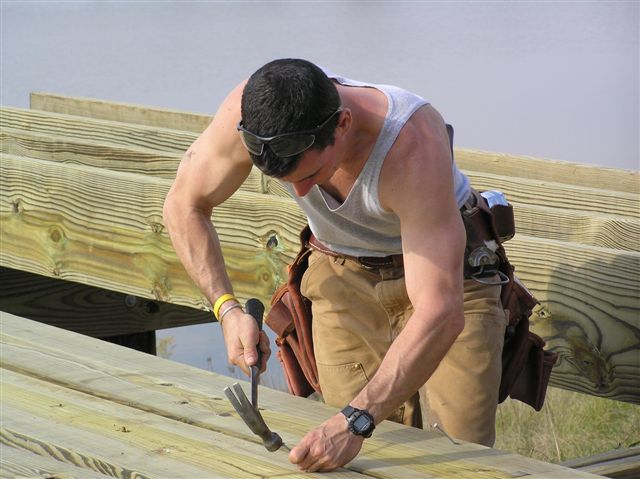
When buying a house, of course school district and room layout matter hugely. However—and we’ve seen it—those things can also come with problems that are sometimes avoidable if you watch where the water goes and gathers before you buy.



Even though we all think about where we’ll hang photos and watch our kids grow when we’re walking through a home we’d like to buy, you won’t be thinking of any of those things if water is staining the ceiling drywall after a snow storm or it’s simply not possible to run the basement dehumidifier enough.
In other words, a house’s first job is to keep water out of it. And telltale signs it might be working its way in are wet spots, places water gathers and pools and splashes and has a chance to soak in.
So when people ask me what to look for when they’re buying a house, I tell them, of course to get a proper home inspection. But I also always suggest looking for stuff an inspector might not look for (they have a checklist they follow; thorough but not complete…they’re human). Mainly, I look for where water gathers.
Attic insulation. Lots and lots of us waste a big money heating the attic, roof and the air around it because there’s not enough attic insulation—or what’s there is jammed in, gapped or otherwise poorly done. When buying a house it’d be hard to do a full inspection, but at least try and check if attic insulation is installed—and ask about ice dams. Ice dams are where water gathers in cold winters at the edges of roofs and then freezes. When it melts it can melt inside the house. It’s much more common in older homes. Some telltale signs: Damaged gutters or really new gutters on a really old house.



Intersecting roof lines. This is more of a problem with the modern home, often richly detailed with bump-outs, multi-tiered roofs, multiple chimneys, and dormers all over the place. All of these things catch and divert water from a gentle cascade down the shingles to fast-moving micro-rivers that overpower under-designed or poorly installed roof and siding assemblies. Look for rot, piled up leaves and debris gathered behind a chimney, or discoloration as a sign that water might be working its way in.
Peeling paint. Contrary to some conventional wisdom, paint often peels not because there’s anything wrong with the paint, but because there is water getting in behind it and forcing its way out. So look at trim details when buying a house and see if the paint is peeling or boards are separating from each other. This could be a sign that water is already inside the house—what building professionals call the ‘building envelope’—doing unseen damage. I literally just saw this on a $750,000 house.
Moist all the time. I’ve seen houses with un-ventilated crawl spaces and other nooks and crannies that don’t hold standing water, but they hold moisture. And do you know who loves moisture like a kid likes candy? Termites, bugs and other creepy creatures. So check if the current homeowner has an insect plan in place. Look for termite trails on hard-to-see crawl space walls. I’d say ‘bring a flashlight’ but using the one on your phone will do.



Hidden water. Water is a sneaky-Pete and, gravity-powered such as it is, it’s strong if we’re not smart.
Water likes to get in the house where you don’t expect it. One of those places is transitions between different features on a house—sometimes referred to as ‘penetrations’. For example, a popular feature in a lot of new home designs is a faux stone wainscoting about one-third up the outside wall that transitions to siding for the rest of the house. The transition between the stone and the siding is a prime leak spot. Another similar transition that must be detailed properly—and most builders do this—is where the deck connects to the home. This board is called a ‘ledger board’ and should have a piece of metal called ‘flashing’ that diverts water and snow melt away from the house such that the top of the ledger board always remains dry. You can sometimes see this from underneath the deck.










